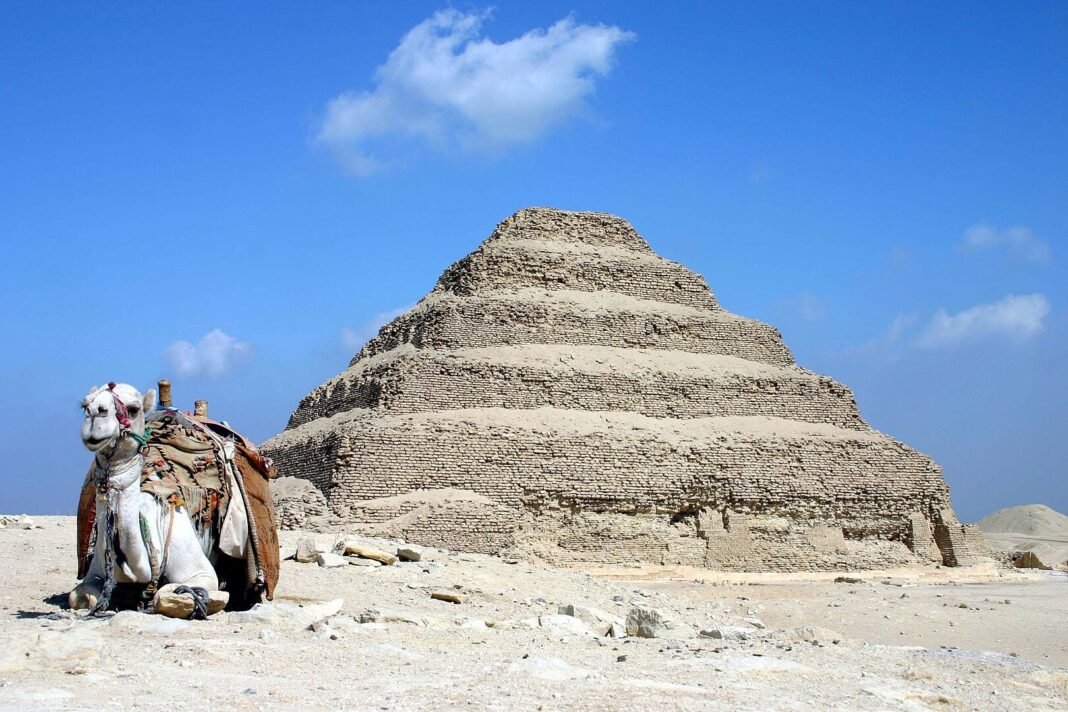
Archaeologists have uncovered a 5,500-year-old Bronze Age blade workshop during an excavation in Kiryat Gat, southern Israel. The rare find, led by the Israel Antiquities Authority (IAA), marks the first specialized site of its kind discovered in the region. It was exposed ahead of construction for the new Carmei Gat neighborhood.
Researchers say the workshop provides an early glimpse into organized communities at the dawn of the Early Bronze Age. The excavation revealed long flint blades and, unusually, the large stone cores from which they were made. According to the IAA team, the discovery highlights a community that featured both advanced technology and defined professional roles.
This is the first workshop of its kind identified in southern Israel, said excavation directors Dr. Martin David Pasternak, Shira Lifshitz, and Dr. Nathan Ben-Ari.
They explained that while remains of the Canaanite blade industry have been documented in central and northern Israel, systematic production centers are rarely found.
Settlement reveals scale and social complexity
The site, known as Nahal Qomem or Gat-Govrin Zeita, was occupied for centuries, spanning from the Chalcolithic period into the Early Bronze Age.
Excavations indicate the settlement was larger than previously believed, stretching more than half a kilometer and containing hundreds of underground pits.

Some pits were lined with mud bricks and used for varied purposes, including storage, housing, craft production, and possible ritual activities.
IAA prehistory experts Dr. Jacob Vardi and Dudu Biton described the industry as highly specialized. The site shows an advanced level of production that required exceptional skill, they explained. Only a small number of individuals were able to create these Canaanite blades.
Advanced tools highlight technological innovation
Among the most notable discoveries were large flint cores used to create sharp, uniform blades. These blades were likely cutting and butchering knives, as well as harvesting sickles. Researchers say the technology was unusually advanced for its time, employing a crane-like tool to apply precise pressure to the flint during production.
Dr. Vardi pointed out another striking detail: the absence of waste fragments, known as debitage, outside the site. He suggested this may have been deliberate, perhaps to protect specialized knowledge within the community.
Evidence suggests the workshop served as a hub for distributing Canaanite blades across wide areas of the Levant. The find, according to Vardi, deepens understanding of how early societies in the region organized labor and trade.
The artifacts will be displayed for the first time this summer at the Jay and Jeanie Schottenstein National Campus for the Archaeology of Israel in Jerusalem.


